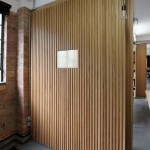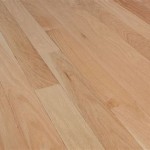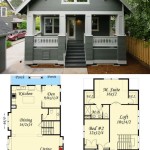Hardwood Floor Transition Between Rooms
Creating a smooth and seamless transition between hardwood floors in different rooms is essential for maintaining the aesthetic appeal and functionality of your home. Hardwood flooring is a popular choice for its durability, timeless elegance, and natural warmth. However, when two rooms with hardwood floors meet, careful planning is required to achieve a visually cohesive and structurally sound transition.
There are several methods available to transition hardwood floors between rooms. The most common include:
- T-Molding: A metal or wood strip inserted into a groove cut into the edges of the flooring in both rooms. It creates a raised edge that conceals the gap between the floors and prevents tripping hazards.
- Reducer: A transition strip similar to T-molding but with a sloped surface. It is suitable for transitions between floors of different heights, providing a smooth transition for wheelchairs and other rolling devices.
- Threshold: A raised threshold that extends above the floor surface. It is often used to mark the boundary between rooms with different flooring materials, such as hardwood and carpet.
- Saddle: A curved transition strip that fits over the joint between two floors. It is commonly used in doorways between rooms with hardwood floors of different heights.
When selecting a transition method, consider factors such as the height difference between the floors, the desired level of visibility, and the overall style of the rooms involved. For instance, a T-molding or reducer may be suitable for a subtle transition, while a threshold or saddle provides a more pronounced separation between rooms.
Installing hardwood floor transitions requires precision and attention to detail. If you are not confident in your DIY skills, it is recommended to hire a professional flooring contractor. They can ensure a proper fit and finish, preventing potential issues such as gaps, uneven transitions, or damage to the flooring.
In addition to the above methods, there are a few creative techniques to transition hardwood floors between rooms:
- Staggered Joints: By staggering the joints of the hardwood planks in adjacent rooms, you can create a seamless transition that conceals the gap between the floors.
- Herringbone Pattern: A herringbone pattern, where the planks are laid in a zigzag pattern, can create a visually striking transition between rooms with different hardwood floors.
- Inlay or Border: Installing an inlay or border of contrasting wood around the perimeter of the transition area can add visual interest and define the boundary between rooms.
No matter which transition method you choose, it is important to ensure a secure and level installation. This will prevent the transition from becoming loose or uneven, which could pose a tripping hazard or damage the flooring. Regular maintenance, such as cleaning and applying protective finishes, will help preserve the beauty and longevity of your hardwood floor transitions.

How To Transition Between Two Different Wood Floors Floortheory

Transition Between Old Wood Floors And New Hardwoods With A Strip Vintage Floor Hardwood Wide Plank

Transitioning Wood Floors Smoothly From Room To T G Flooring

How To Transition Between Two Different Wood Floors Floortheory

How To Transition Your Wood Floors Between Rooms Artisan Llc

Loading Flooring House Transition

How To Transition Your Wood Floors Between Rooms Artisan Llc

Guide To Flooring Transitions

How To Transition Between Two Different Wood Floors Floortheory

2024 Trends In Tile Flooring Transitions Atlas Marble








